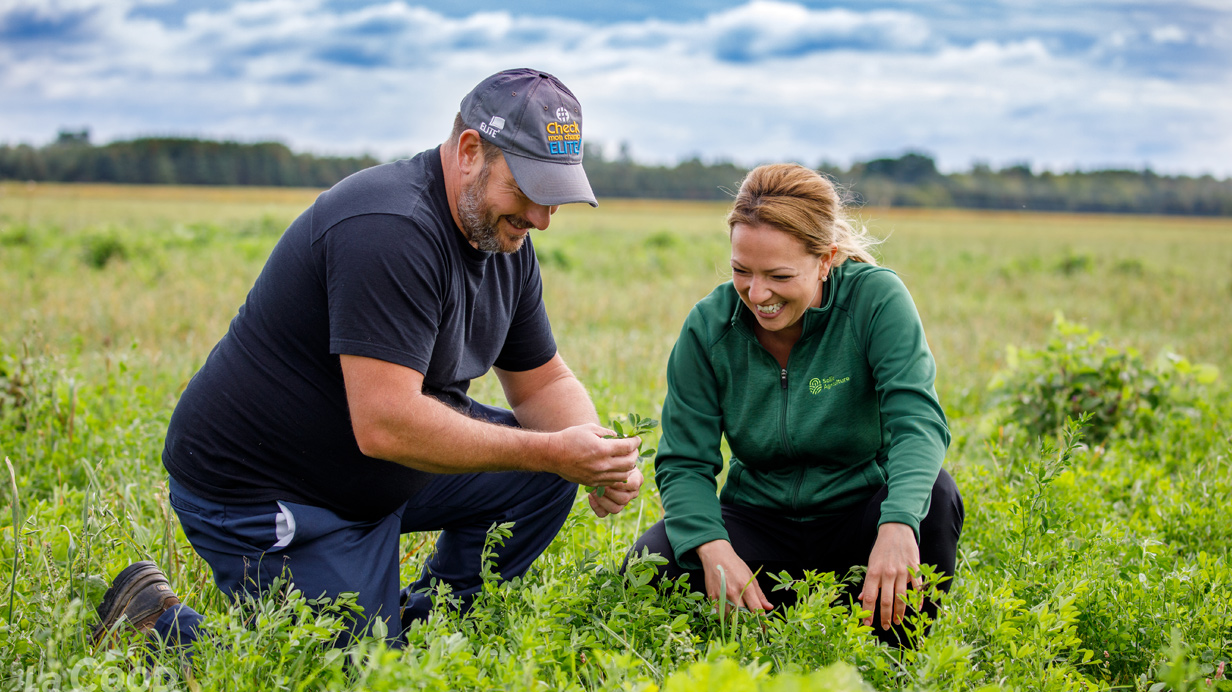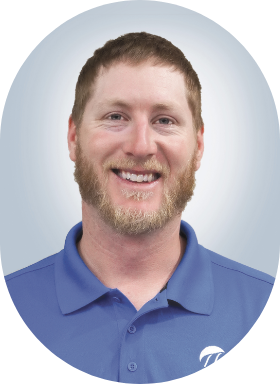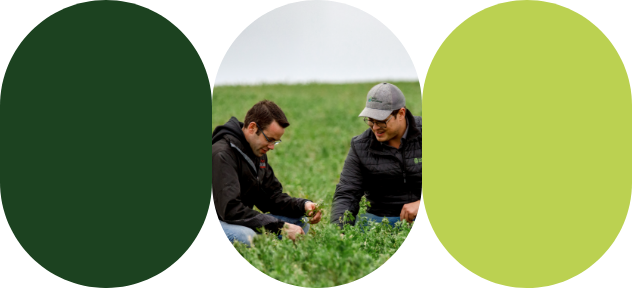Keeping Up with P and K Fertility in Forage-dominated Rotations
Corn silage is an essential part of many livestock operations as a primary feed ingredient. Maximizing silage crop performance is key to profitability as a result. So, when you approach corn planting time, it is a good idea to review your corn fertility program and your Phosphorus (P) and Potassium (K) management strategies.
Many of us may be rusty on soil fertility or assume that our manure applications are sufficient in feeding the crop. The best way to determine if there is additional need for nutrients is to soil test on a regular basis, as this will provide an indication if your base fertility is low, medium, or high.
If you continue to test on a regular basis, it will also give you a fertility trendline. That is a reliable way to evaluate if your fields are increasing or decreasing in fertility and if you should adjust your fertility plan going forward.
Many livestock producers underestimate the total nutrient removal when they harvest forage crops of alfalfa or corn silage. When compared to a standard grain crop rotation, in which most of the stover is not removed, the removal rates are significantly higher when whole-plant forage crops are harvested. Below are three examples of crop rotations and the total P and K removal over three years for each.
Corn-Soy-Wheat
Crop | Yield (bu/ac) | Phosphorus Removal (P205 lbs/ac) | Potassium Removal (K20) lbs/ac) |
Corn (grain only) | 200 | 80 | 52 |
Soybean (grain only) | 50 | 43 | 70 |
Wheat (grain) Wheat straw (removal) | 100 3,300 lbs of straw | 60 5 | 36 30 |
Total | - | 188 | 188 |
Alfalfa-Alfalfa-Corn Silage
Crop | Yield (MT/ac @65%) | Phosphorus Removal (P205 lbs/ac) | Potassium Removal (K20) lbs/ac) |
Alfalfa | 10 | 52 | 224 |
Alfalfa | 10 | 52 | 224 |
Corn Silage | 25 | 91 | 207 |
Total | - | 195 | 655 |
Corn Silage-Corn Silage-Corn Silage
Crop | Yield (MT/ac @65%) | Phosphorus Removal (P205 lbs/ac) | Potassium Removal (K20) lbs/ac) |
Corn Silage | 25 | 91 | 207 |
Corn Silage | 25 | 91 | 207 |
Corn Silage | 25 | 91 | 207 |
Total | - | 273 | 621 |
Three Approaches to P and K Management
There are three main approaches to consider for P and K management.
1. Sufficiency Approach
According to OMAFRA, this approach is based on what level of nutrients need to be supplied to maintain yield potential and provide an economic return for that year. The crop removal rate calculates what is removed off the field with harvest, and those nutrients are accounted for and re-applied for that season. The goal with crop removal is to maintain the soil fertility at the current level and not let it decline.
2. Build and Maintain
This approach is generally used on fields below optimum levels. The goal over time is to build the base fertility levels to some pre-determined level where economics, crop yield, and environmental considerations are all factored in. Reasonable optimum levels are considered to be 20 PPM for P and 120 PPM for K. The grower calculates how much fertilizer is needed to bring the soil fertility levels up to the optimum level and includes the annual crop removal as well. In many cases, the build component may be more than practical for a single application. In the case below, a timeframe of several years may be needed to apply the extra fertilizer.
3. Draw down
It should be noted that in some cases the correct approach may be to “draw down” and maintain if soil test levels are very high, particularly in the case of elevated soil test P values.
Case Study of P and K Management
In this case study, a grower’s field is set for corn silage in the coming year. It gets soil tested, and the results come back at 15 PPM for Phosphorus and 100 PPM for Potassium. These levels are considered moderate and are slightly below the optimum soil test levels selected of 20 PPM P and 120 PPM K. Below are three fertility recommendations for this grower’s field using OMAFRA’s sufficiency approach, replacing crop removal, and a build and maintain approach.
Various fertilizer recommendation strategies for a 25 MT per acre corn silage crop
Recommendation | OMAFRA Sufficiency | Crop Removal Rate | Build & Maintain1 | |||
Nutrient | P205 | K20 | P205 | K20 | P205 | K20 |
Application rate (lbs/ac) | 18 | 44 | 91 | 207 | (B)175 + (M)91 = 266* | (B)400 + (M)207 = 607* |
¹Building soil test P by 1 PPM requires 35 lbs/ac P205, while building soil test K by 1 PPM requires 20 lbs/ac K2O.
*These rates are too high to be practical for a single-year application. The grower will need to select a longer timeframe to build soil test levels to the desired level.
Some Key Reminders
Soil testing is the key to allow for a sound soil fertility management strategy. Paying attention to your soil fertility levels on a frequent basis will pay dividends through yield performance and yield consistency over time.
Forages can remove large amounts of P and K. These removal rates need to be addressed by way of manure, fertilizer, or other amendments.
Short-term response to soil test levels and maximizing economic returns for that year are accomplished by following a sufficiency approach (i.e., OMAFRA recommendations).
Longer-term strategies for P and K management and increasing crop productivity should consider crop removal rates and optimum soil test levels (i.e., Build and Maintain approaches).
Source: This article was originally published on Maizex.



